Phones
Latest about Phones
-
-
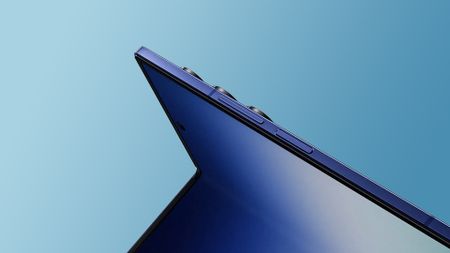
Samsung Galaxy Z Fold 7: Everything we know about the thinnest foldable ever
By Rael Hornby Published
-

$719 for a Pixel 9 with two years of unlimited service! Save $800 in short-term Mint Mobile deal.
By Sean Riley Published
-
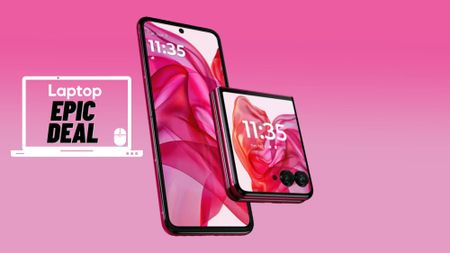
Save up to $200 on the latest Motorola Razr 2025 flip phone series
By Hilda Scott Published
-

Trump Mobile websites shifts messaging away from "Made in the U.S.A."
By Chris Stobing Published
-
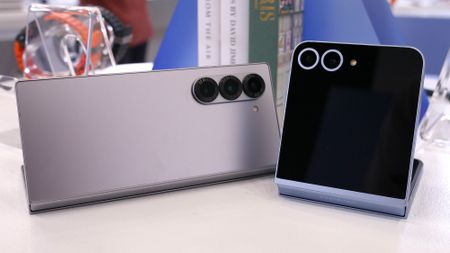
Samsung Galaxy Z Fold 7 price leaks take fans on an emotional rollercoaster — how much will it be?
By Sean Riley Published
-
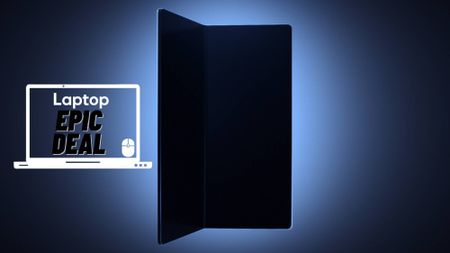
Get a $50 Samsung Credit and bonus savings of up to $1,150 when you reserve the next Galaxy device by July 9
By Hilda Scott Published
-
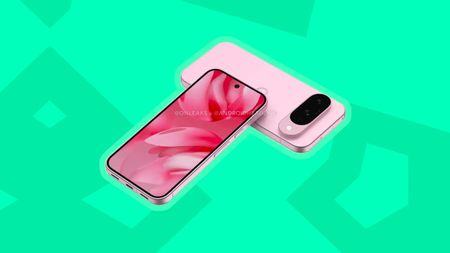
Latest Google Pixel 10 leak reveals key hardware omissions — but why?
By Luke James Published
-
Explore Phones
Android Phones
-
-

$719 for a Pixel 9 with two years of unlimited service! Save $800 in short-term Mint Mobile deal.
By Sean Riley Published
-

Latest Google Pixel 10 leak reveals key hardware omissions — but why?
By Luke James Published
-

Android 16 is rolling out now — here are 7 upgrades I can't wait to check out, including replacing my laptop
By Sean Riley Published
-
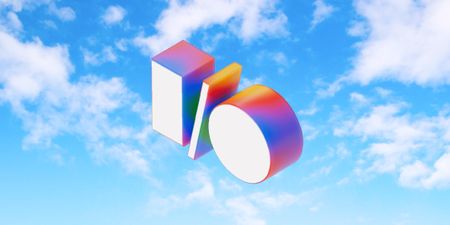
Google I/O preview: 7 reveals that hint at where Google’s headed next
By Oscar Gonzalez Published
-
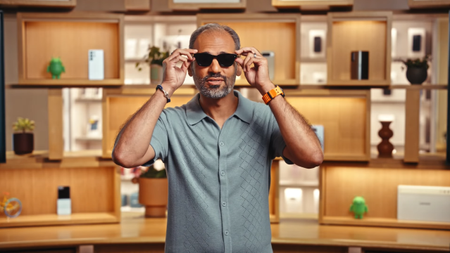
"See you on May 20": Is this Google I/O promo a sneak peek at Android smart glasses?
By Stevie Bonifield Published
-
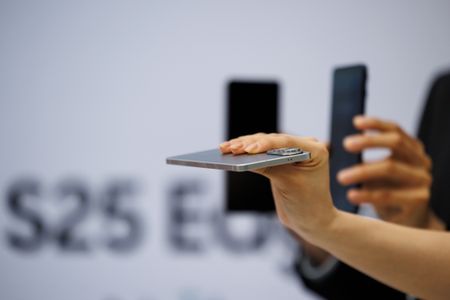
Galaxy S25 Edge: The thinnest flagship takes aim at iPhone 17 Air
By Luke James Published
-
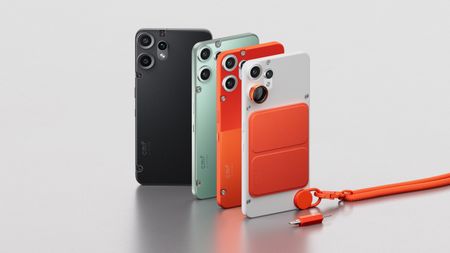
Nothing's modular CMF Phone 2 Pro adds one huge feature, but kills one of my favorites
By Stevie Bonifield Published
-
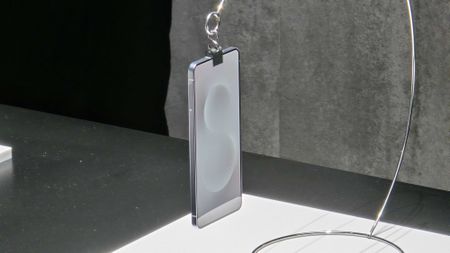
Latest Samsung Galaxy S25 Edge rumors hint at specs, price, and even a possible release date
By Madeline Ricchiuto Published
-
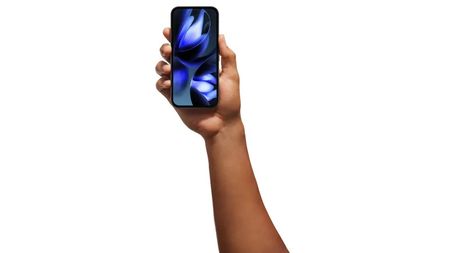
Pixel 9a verdicts are in: Here’s why reviewers say it’s worth $500
By Oscar Gonzalez Published
-
Foldable Phones
-
-

Save up to $200 on the latest Motorola Razr 2025 flip phone series
By Hilda Scott Published
-

Samsung Galaxy Z Fold 7 price leaks take fans on an emotional rollercoaster — how much will it be?
By Sean Riley Published
-

Get a $50 Samsung Credit and bonus savings of up to $1,150 when you reserve the next Galaxy device by July 9
By Hilda Scott Published
-

Samsung’s next Unpacked is official, and an "Ultra" foldable might be coming
By Mahnoor Faisal Published
-
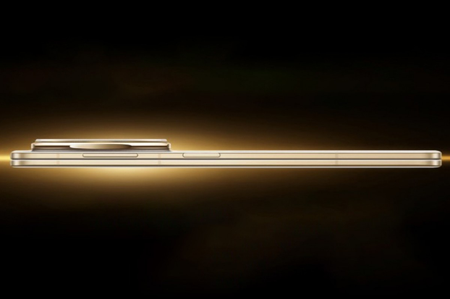
It takes more than money to buy this Samsung Galaxy Fold 7 rival
By Luke James Published
-
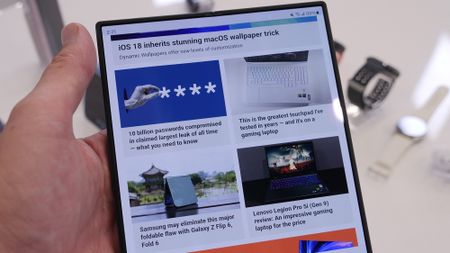
Can this get you to buy a Samsung Galaxy Z Fold 7? Here's what Samsung may offer.
By Sean Riley Last updated
-
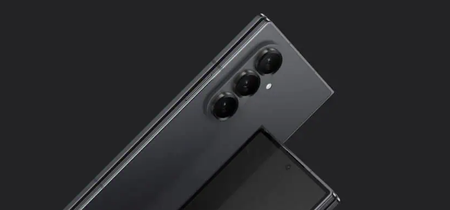
The Samsung Galaxy Z Fold 7 might be the most beautiful phone to fail
By Luke James Published
-
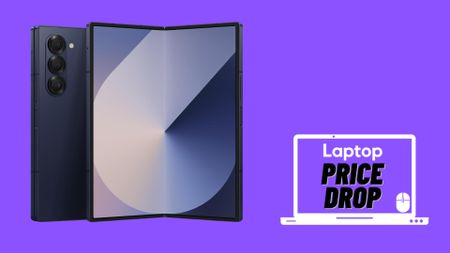
The epic Galaxy Z Fold 6 hits a new all-time low price — don't miss this short-term deal!
By Melissa Perenson Published
-
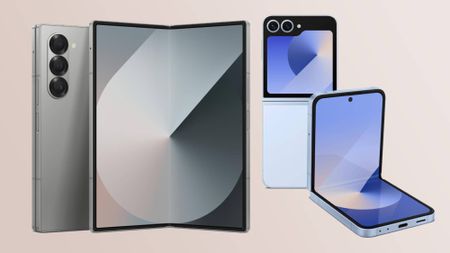
You still have time to preorder the Galaxy Z Fold 6, Galaxy Z Flip 6 and save up to $1,200
By Hilda Scott Last updated
-
Phone Accessories
-
-
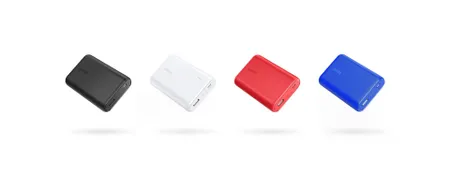
Anker recalls 1 million power banks -- here are five to buy instead
By Nick Lucchesi Published
-

Save up to 50% on iPhone 16 MagSafe protective cases at Amazon
By Hilda Scott Last updated
-
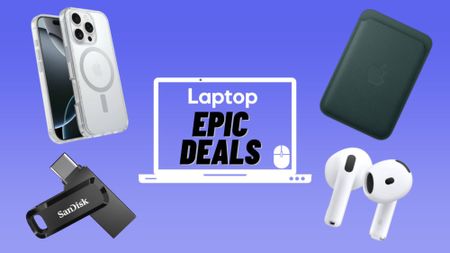
9 deals on must-have iPhone 16 accessories at Amazon to shop now
By Hilda Scott Published
-
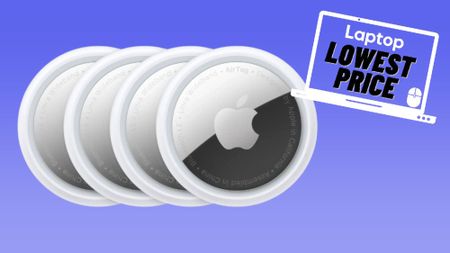
The Apple AirTag 4 pack hits best price yet — now just $70
By Hilda Scott Published
-

The Belkin Stage PowerGrip was the must-have phone accessory at CES 2025
By James Pero Published
-
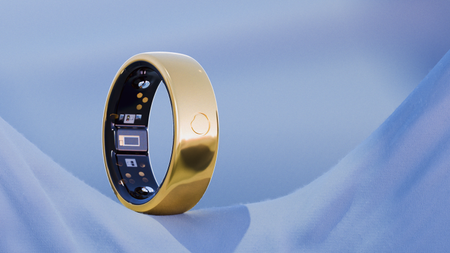
The Circular Ring 2 is the Best Wearable of CES 2025 — and it has Apple and Samsung making orders
By Nick Lucchesi Published
-
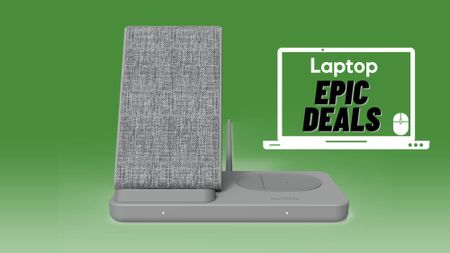
3 Pixel 9 wireless fast charging stands I'd buy since Google killed the Pixel Stand 2
By Hilda Scott Published
-

How Samsung could finally unlock smart glasses' true potential
By James Pero Published
-

AirTag everything! This Apple AirTag four-pack deal is so cheap you should buy it twice
By Laptop Mag Staff Published
-
iPhones
-
-
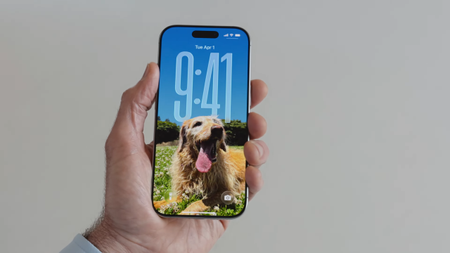
This iOS 26 battery life upgrade could save the iPhone 17 Air from the iPhone mini's fate
By Sean Riley Last updated
-
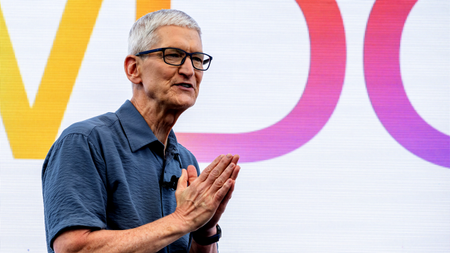 WWDC '25
WWDC '25WWDC 2025 recap: Liquid Glass, iOS 26, macOS Tahoe, Apple Intelligence, and all the highlights from Apple
By Nick Lucchesi Last updated
-
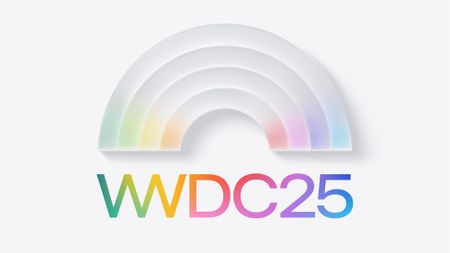 SOLARIUM!
SOLARIUM!WWDC 2025 preview: AirPod updates are coming, and how to watch Monday's keynote
By Stevie Bonifield Published
-
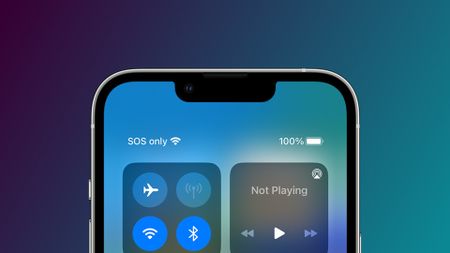
SOS on iPhone: What it means and how to fix it
By Sean Riley Last updated
-
 SOLARIUM!
SOLARIUM!WWDC 2025 preview: A gloomy prediction for Apple Intelligence, "Solarium," and macOS "Tahoe"
By Stevie Bonifield Last updated
-
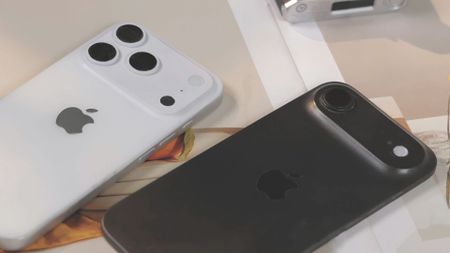
iPhone 17 Air leak shows impossibly sturdy frame, but don't put your "bendgate" fears to bed just yet
By Stevie Bonifield Published
-
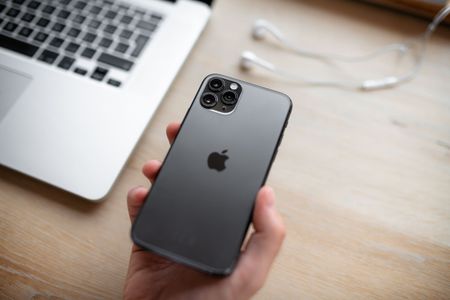 MADE IN USA
MADE IN USAWhat separates a $1,000 iPhone from a $3,500 one? About 7,000 miles.
By Chris Stobing Last updated
-
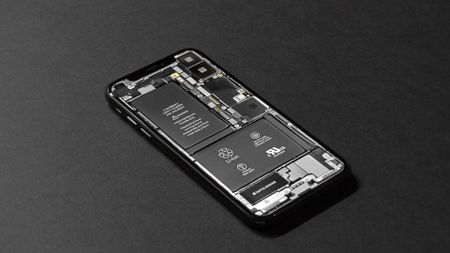
Trump warns Apple over India: what it means for the next iPhone
By Oscar Gonzalez Published
-
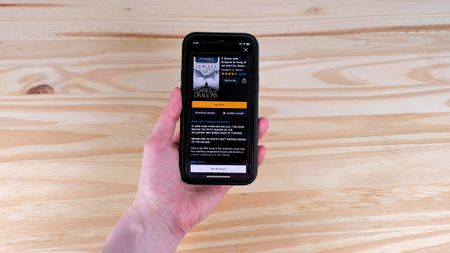
App Store rule change takes the headache out of buying books on iOS Kindle app
By Stevie Bonifield Published
-
More about Phones
-
-

Latest Google Pixel 10 leak reveals key hardware omissions — but why?
By Luke James Published
-

Samsung’s next Unpacked is official, and an "Ultra" foldable might be coming
By Mahnoor Faisal Published
-

This iOS 26 battery life upgrade could save the iPhone 17 Air from the iPhone mini's fate
By Sean Riley Last updated
-